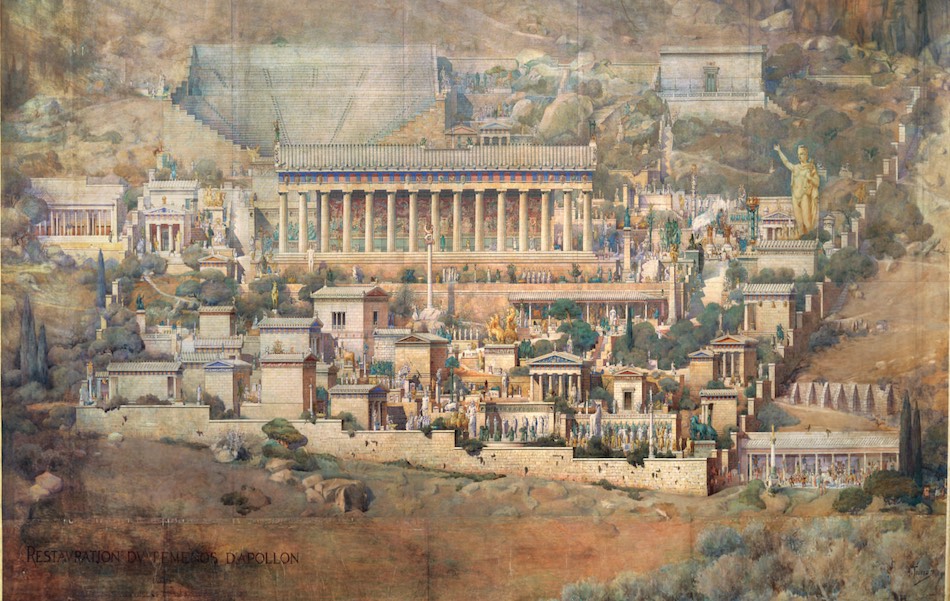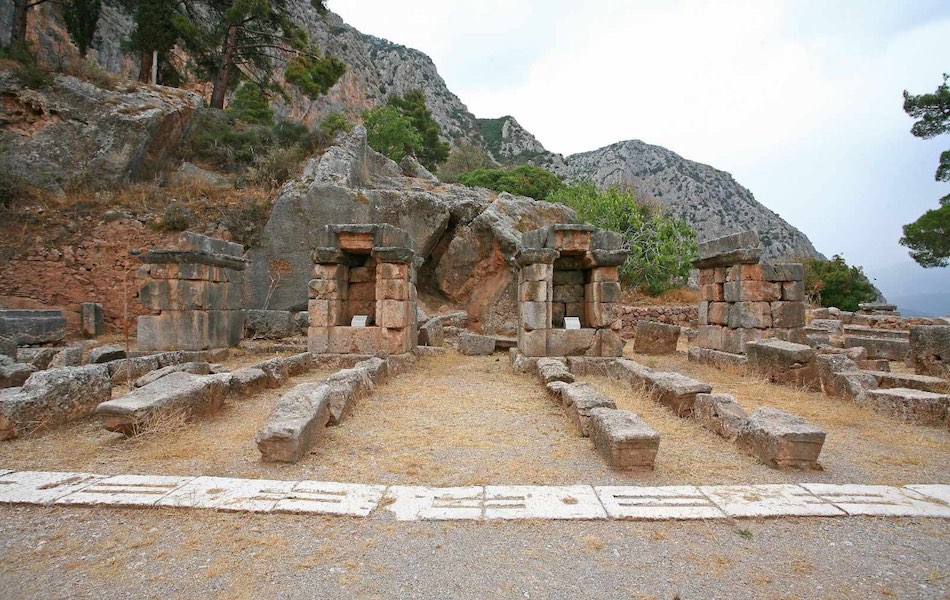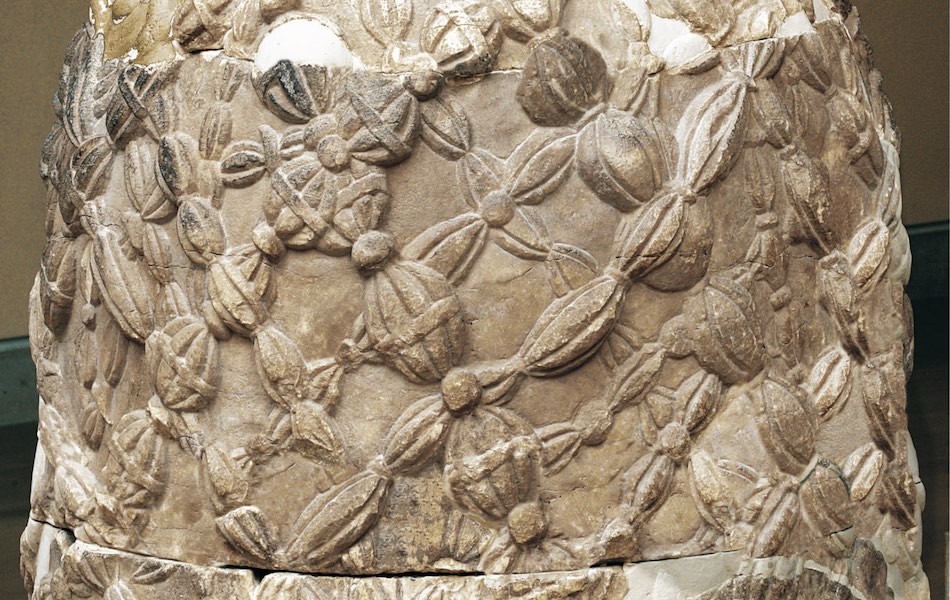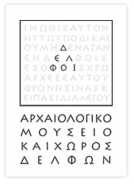In the course of the next thirty years several prominent Greek and foreign archaeologists and researchers worked at Delphi: A.Keramopoullos, G. Miliadis and C. Romaios, H. Van Effenterre, J. Jannoray, Georges Daux and the nobleman Pierre de la Coste Messelière. They studied the finds, ended up in new archaeological conclusions, criticized Homolle and his team for the prerogative they gave to architecture against minor arts and, to a certain extent, against plastic arts as well (Miliades for example criticized the “Roman indifference” of the French for exhibiting the Charioteer in a totally unsuitable position) and they finally exercised pressure towards the creation of a new museum. After all, the Delphic Festivals organized by Angelos Sikelianos and his wife, Eva Palmer, brought Delphi back on the international stage, due to the prestigious visitors, among whom many foreign members of the international cultural jet set.









